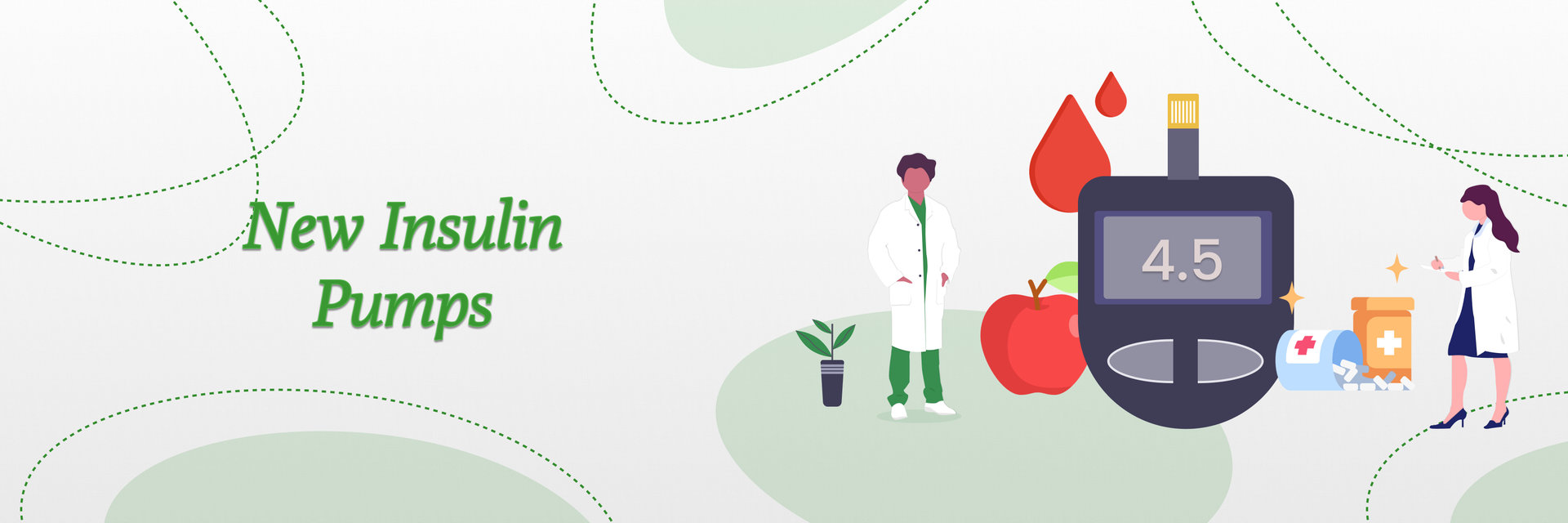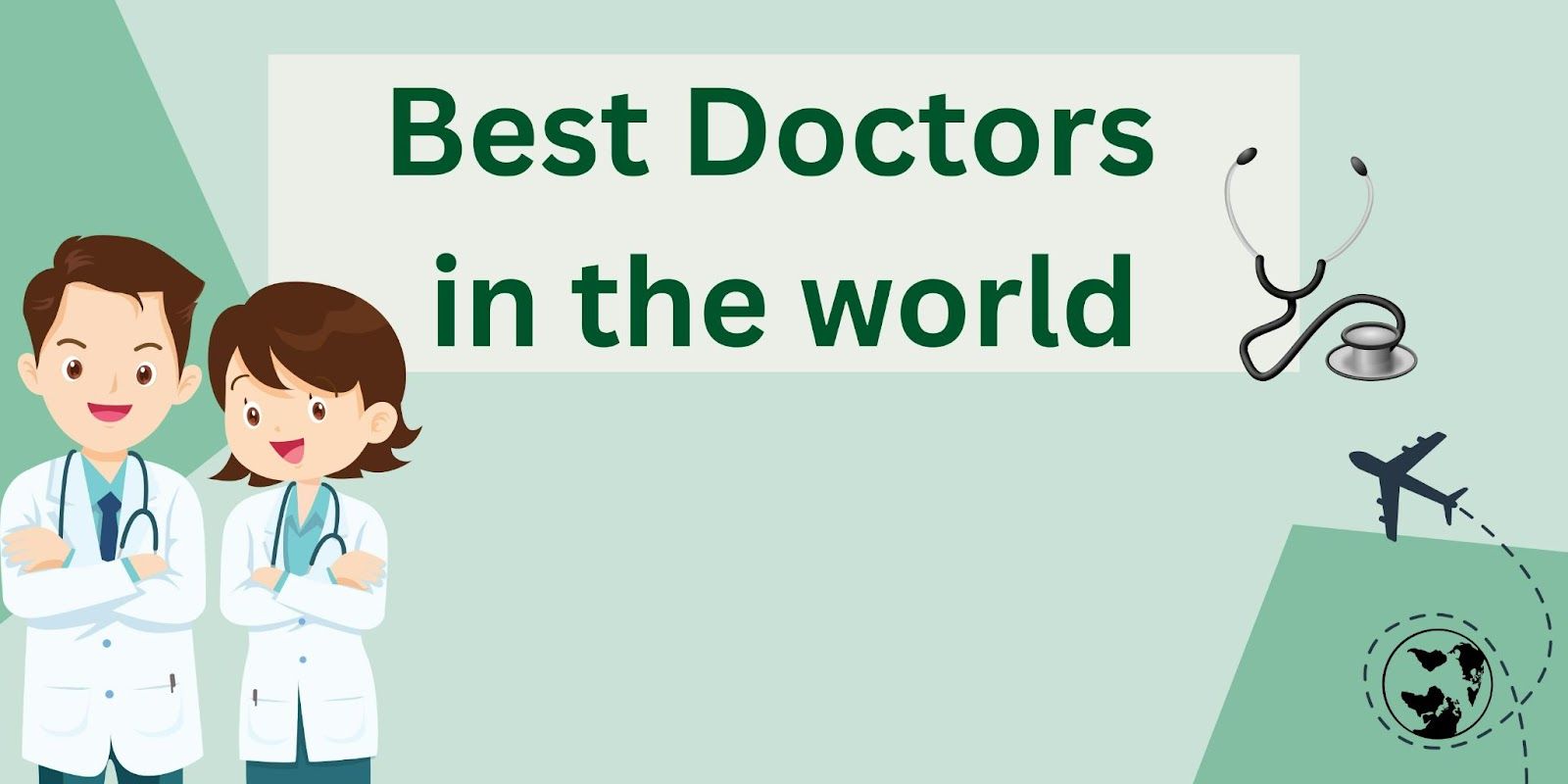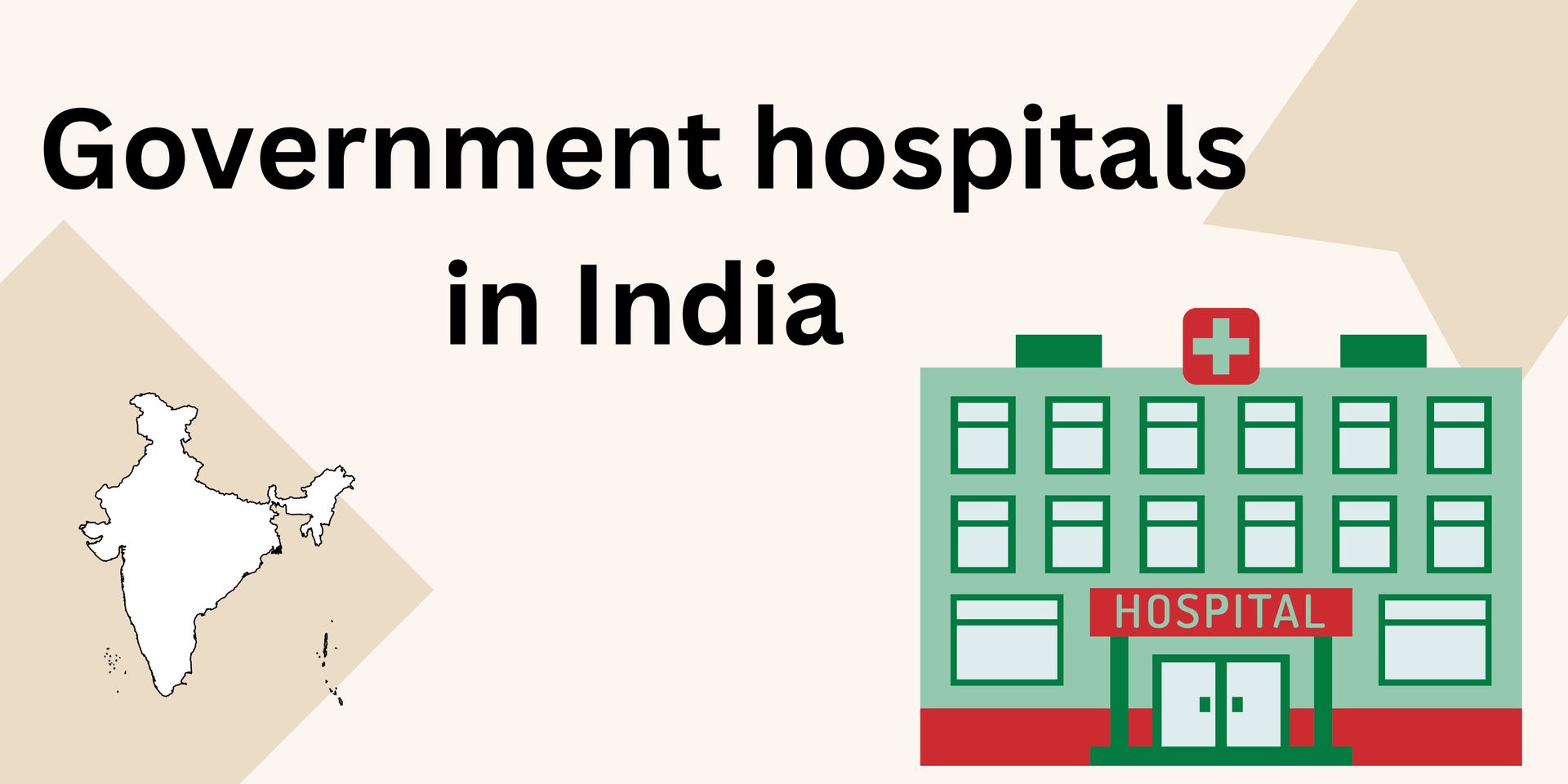The development of medical services in the 21st century is set apart by a change in perspective towards upgrading patient results. Gone are the times of secluded clinical practices and divided care conveyance; today, partners across the medical services range are combining efforts to develop, incorporate, and improve the conveyance of care with health insurance. In this article, we dive into the cooperative procedures driving this unrest and their significant effect on persistent consideration and by and large well-being results.
There are a lot of problems and complexities in the medical services situation that affect everyone the same: patients, their families, medical care providers, and lawmakers. At its centre, this predicament rotates around the strain between the developing interest in quality medical care administrations and the heightening expenses related to satisfying that need.
One of the essential elements adding to the medical services predicament is the rising pervasiveness of constant illnesses and conditions. Health concerns like diabetes, coronary illness, and weight-related issues add to the financial pressure on people as well as strain medical care frameworks because of the requirement for continuous administration and therapy. Additionally, lifestyle and age-related complications put more strain on medical care assets.
The Power of Collaboration
The collaborative effort in medical care with health insurance is certainly not a new idea, yet it needs to be discovered. The complicated idea of the current medical care issues with this worldview requires a more incorporated approach. By uniting different aptitudes and points of view, cooperative procedures empower comprehensive answers for complex medical service difficulties. For example, interdisciplinary groups containing doctors, attendants, drug specialists, and associated well-being experts can pool their insight to foster conventional care plans custom-made to individual patient necessities. Also, collaborative effort stretches out past clinical settings to incorporate organizations with the scholarly world, industry, and government elements, utilizing aggregate assets to drive advancement and address fundamental issues.
Enhancing Patient Outcomes Through Technology
Innovation plays a vital part in reforming medical care, offering extraordinary answers for work on persistent results. From telemedicine stages to wearable gadgets and man-made brainpower calculations, innovative headways hold the commitment to conveying more effective, available, and customized care.
Medical service providers and doctors working together are critical in bridging these developments' maximum capacity. For instance, associations among emergency clinics and programming organizations can work with the consistent incorporation of electronic health records (EHRs), clinical choices, emotionally supportive networks, improving consideration coordination, and patient security. QR codes streamline patient care by providing secure, instant access to medical histories from EHR systems, enhancing efficiency and treatment quality.
Also, cooperation with clinical gadget producers empowers the advancement of state-of-the-art diagnostics and medicines that address neglected clinical necessities.
Research and Discovery: The Foundation of Progress
Research and transparency are the core of making progress in medical care. Whether investigating novel treatments, explaining sickness systems, or assessing health insurance, research fills in as the foundation of proof-based practice. Cooperative exploration drives include scholarly establishments, medical care associations, and financing offices are fundamental for speeding up logical advancement and making an interpretation of disclosures into clinical practice.
By encouraging a culture of joint effort, scientists can defeat disciplinary limits and influence correlative mastery to handle complex medical services difficulties. Cooperative examination networks work with information sharing, advance interdisciplinary joint effort, and empower huge-scope clinical preliminaries, eventually facilitating the interpretation of exploration discoveries into unmistakable advantages for patients.
Policy and Advocacy: Driving Systemic Change
Successful medical care change requires something beyond mechanical advancement and logical disclosure — it requires steady strategy conditions and a helping mindset to drive fundamental change. Cooperation between health insurance and policymakers is essential in molding arrangements that focus on tolerant care, advance medical services value, and boost cooperative practices.
By participating in backing endeavors, medical services experts and associations can impact regulative plans, bring issues to light by squeezing medical services issues, and promote arrangements that help cooperative consideration models. In addition, organizations among public and confidential areas can drive interests in medical services framework, labor force advancement, and examination financing, laying the basis for supportable advancement.
Strengthening Interprofessional Collaboration
The interprofessional joint effort, including medical services suppliers from different disciplines cooperating to convey complete consideration, is fundamental for enhancing patient results. By separating storehouses and encouraging correspondence among various medical care experts, interprofessional joint effort upgrades care coordination, decreases clinical blunders, and works on quiet fulfillment.
For instance, cooperative consideration groups comprising doctors, attendants, social laborers, and conduct well-being experts can address the intricate necessities of patients with persistent circumstances like diabetes or cardiovascular breakdown. By pooling their ability, these groups can foster comprehensive consideration designs that address the patient's clinical necessities as well as their social, close-to-home, and financial variables impacting well-being results.
Besides, interprofessional instruction programs, where understudies from various medical care disciplines learn together, develop a culture of coordinated effort from the beginning of their preparation. By advancing common regard, understanding, and cooperation, these projects furnish future health insurance experts with the abilities important to flourish in cooperative consideration conditions, at last helping patient consideration.
Harnessing Data for Precision Medicine
In this day and age, accurate medicine takes a lot of work to change patient considerations by fitting medicines to individual attributes, like hereditary qualities, way of life, and natural variables. The coordinated effort between medical services suppliers, analysts, and information researchers is fundamental for bridging the force of information investigation and genomics to convey customized care.
For example, cooperative clinical testing efforts can use very large genome informational databases to distinguish hereditary markers related to infection hazard, anticipation, and treatment reaction. By incorporating this data into the clinical independent direction, health insurance can convey more designated and powerful intercessions, working on understanding results and diminishing pointless therapies or unfavorable impacts.
Moreover, joint efforts between medical care foundations and innovation organizations can work with the advancement of predictive research instruments that recognize patients at a high gamble of fostering specific circumstances or encountering unfavorable occasions. By utilizing constant information streams from EHRs, wearable gadgets, and different sources, these instruments engage medical care suppliers to intercede proactively, eventually working on understanding results and decreasing medical services costs.
Engaging Patients as Partners in Care
Medical services reach out past the walls of clinics and facilities — it includes the bigger social factors that affect people's health and happiness. A cooperative effort between medical services suppliers and local area associations is fundamental for addressing these social determinants and engaging patients to carry on with better existences.
For instance, organizations between medical care suppliers and local area-based associations can work with admittance to fundamental administrations like lodging, food help, transportation, and business support. By tending to the social and financial variables that influence well-being, these health insurance empower patients to more readily deal with their circumstances, stick to treatment designs, and accomplish further developed well-being results.
In addition, patient commitment drives that include joint efforts between medical services suppliers and patient promotion bunches engage patients to play a functioning job in their consideration. By giving training, assets, and backing, these coordinated efforts cultivate shared independent direction, upgrade well-being proficiency, and work on quiet fulfillment and adherence to treatment plans.
Conclusion
Chasing better quiet results, cooperation arises as an intense power for driving groundbreaking change across the medical care continuum. By reinforcing interprofessional joint effort, outfitting information for accurate medication, enabling patients through local area organizations, and embracing a culture of collaboration and development, we can reform medical care and usher in another time of patient-focused care.
As we explore the intricacies of present-day medical services, let us embrace coordinated effort as a core value — one that engages us to on the whole defeat hindrances, quickly jump all over chances, and change the eventual fate of patient consideration. Together, we can introduce another time of medical care — one where cooperation energizes progress, development drives change, and patients receive the rewards of our aggregate endeavors.







